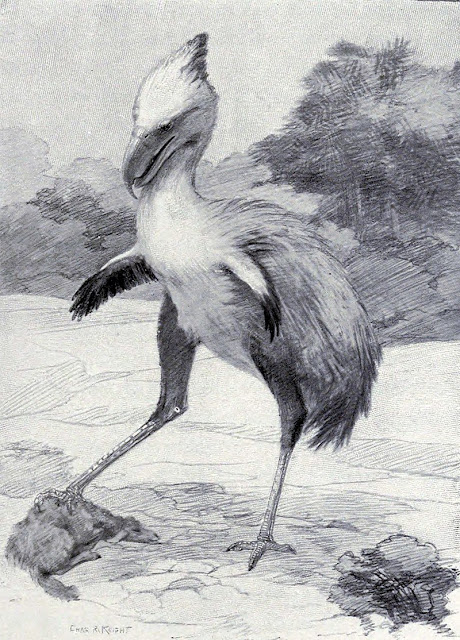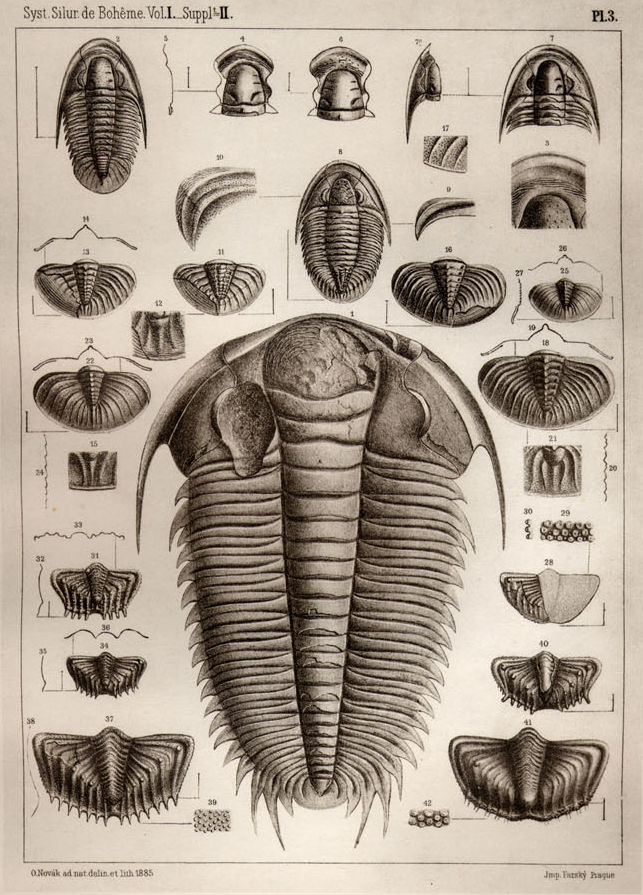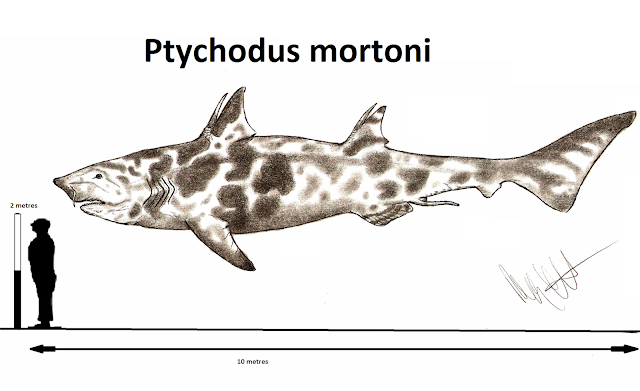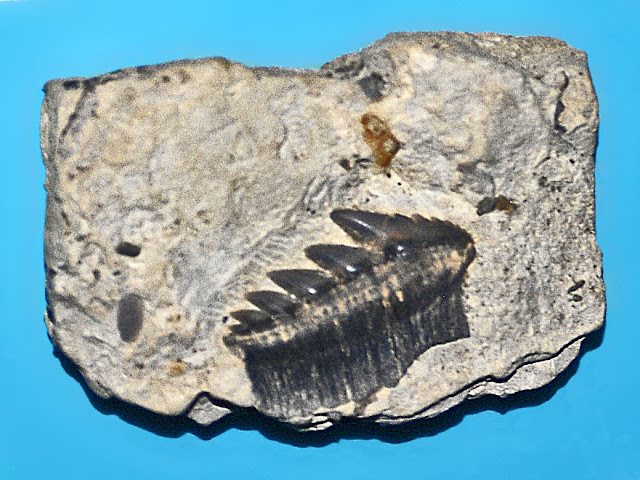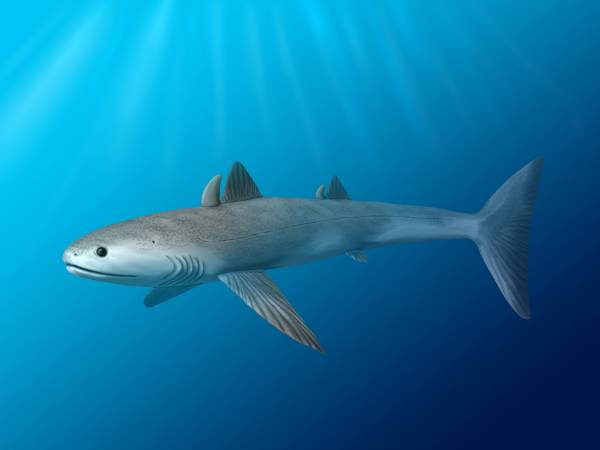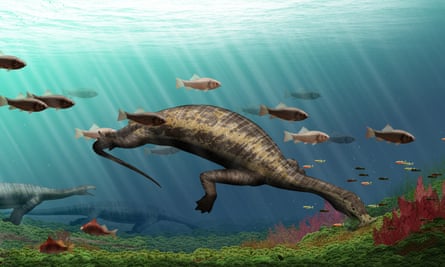Megatherium went extinct approximately 12,000 years ago. They were endemic to the southern continent of the Americas (South America). We know that the extinction events at the end of the Pleistocene era helped the giant ground sloths hasten their extinction. However, we also know that Megatherium, in particular the species M. americanum, was likely hunted in substantial numbers which helped them to become extinct. We mentioned yesterday that an adult Megatherium had few, if any, predators. One predator it did face had the social cooperation and tools necessary to kill these near-mammoth sized animals without extreme risks to themselves. Everyone thinking about humans is very correct. Human beings migrated across the isthmus of Panama somewhere around the time that Megatherium was beginning to severely decline, a little before 12,000 years ago. The migrating peoples of what we now know as South America were right on the heels of the extinction events that were driving down giant ground sloth numbers. Their hunting of Megatherium likely pushed an on the brink group of animals over the edge indefinitely. We know that the earliest human settlers of South America killed and ate giant ground sloths thanks to the discovery of a site known as Campo Laborde in the Argentine Pampas. In the Buenos Aires province near the east coast, a site was discovered and analyzed by Politis et al. (2019) that held evidence of the killing and butchering of the giant ground sloths by early human settlers of the region. The site is dated to around 12,600 years ago (BP: before present in the paper). Large numbers of stone tools have been found and Megatherium ribs with cutting marks match the overall striking characteristics of the stone tools. Coincidentally, North American ground sloths (Megalonychdidae) were on the menu as well for early humans. Fossil trackways from New Mexico somewhere between11,000 and 13,000 years ago (an estimated window of time is reported in this paper) appear to show a Megalonychdid sloth defending against human attackers. The interpretation by Bustos et al. (2018) is not about our Megatherium sloths, but if it is from slightly earlier (circa 13,000 BP), it may show that the migrating human groups encountered and knew how to hunt sloths long before they encountered Megatherium and hastened its extinction. Either way, the interpretive figure from the articles accompanying the Bustos et al. (2018) publication look a lot like dancing with giant ground sloths, and I will fully endorse that.
Literature Cited
Bustos, D., Jakeway, J., Urban, T. M., Holliday, V. T., Fenerty, B., Raichlen, D. A., Budka, M., Reynolds, S. C., Allen, B. D., Love, D. W., Santucci, V. L., Odess, D., Willey, P., McDonald, H. G., Bennett, M. R. (2018). Footprints preserve terminal Pleistocene hunt? Human-sloth interactions in North America. Science Advances 4:eaar7621. DOI: 10.1126/sciadv.aar7621
Politis, G. G.; Messineo, P. G.; Stafford, T. W.; Lindsey, E. L. (2019). "Campo Laborde: A Late Pleistocene giant ground sloth kill and butchering site in the Pampas". Science Advances. 5 (3): eaau4546. doi:10.1126/sciadv.aau4546.






